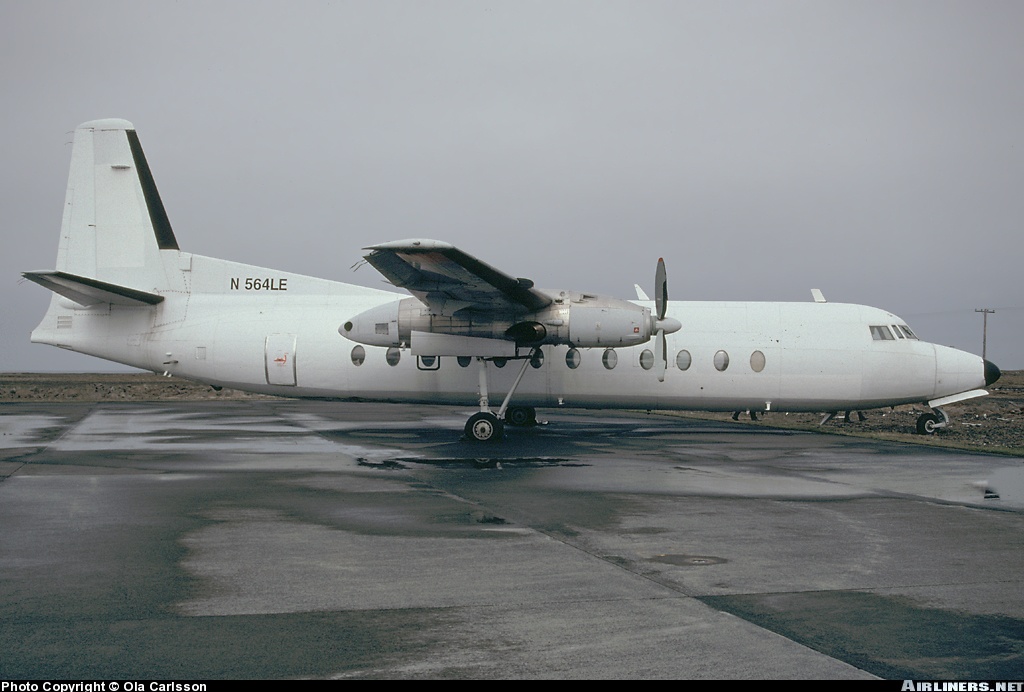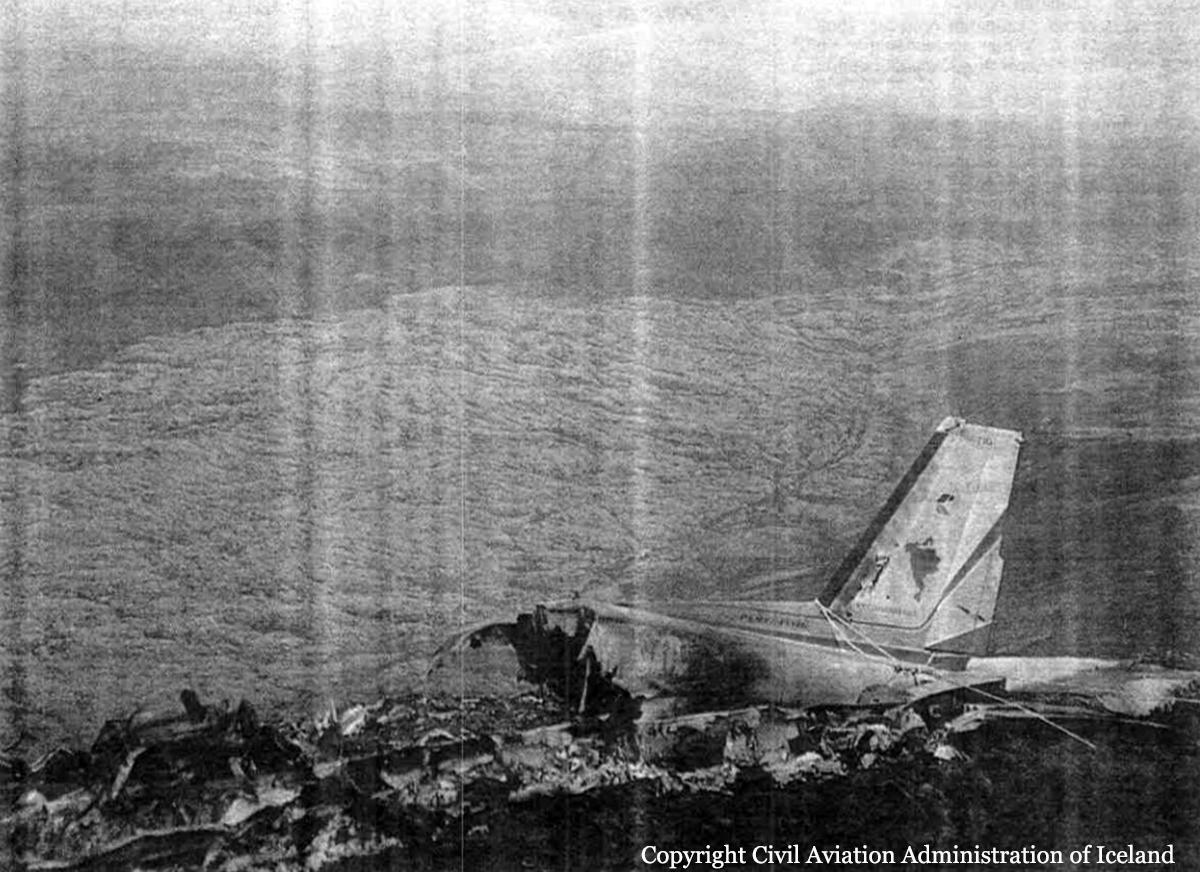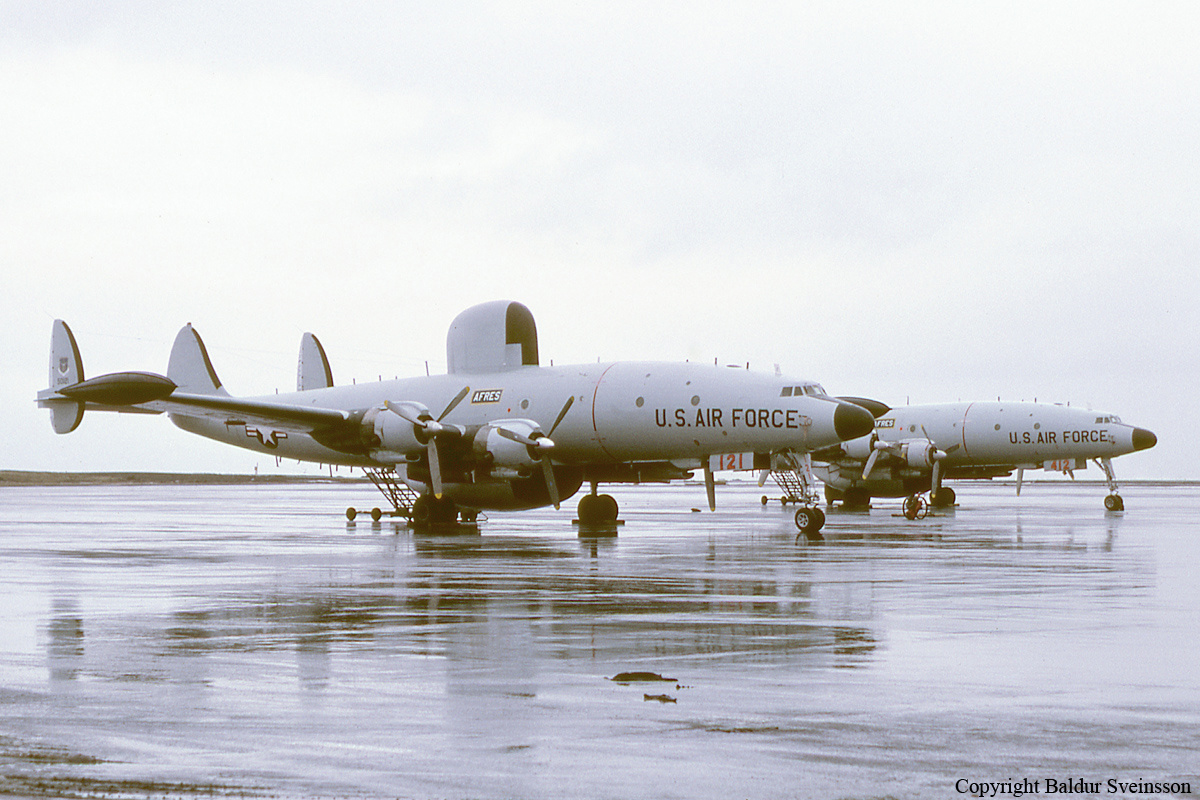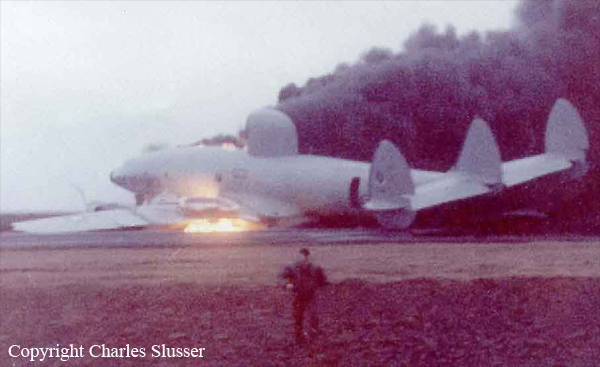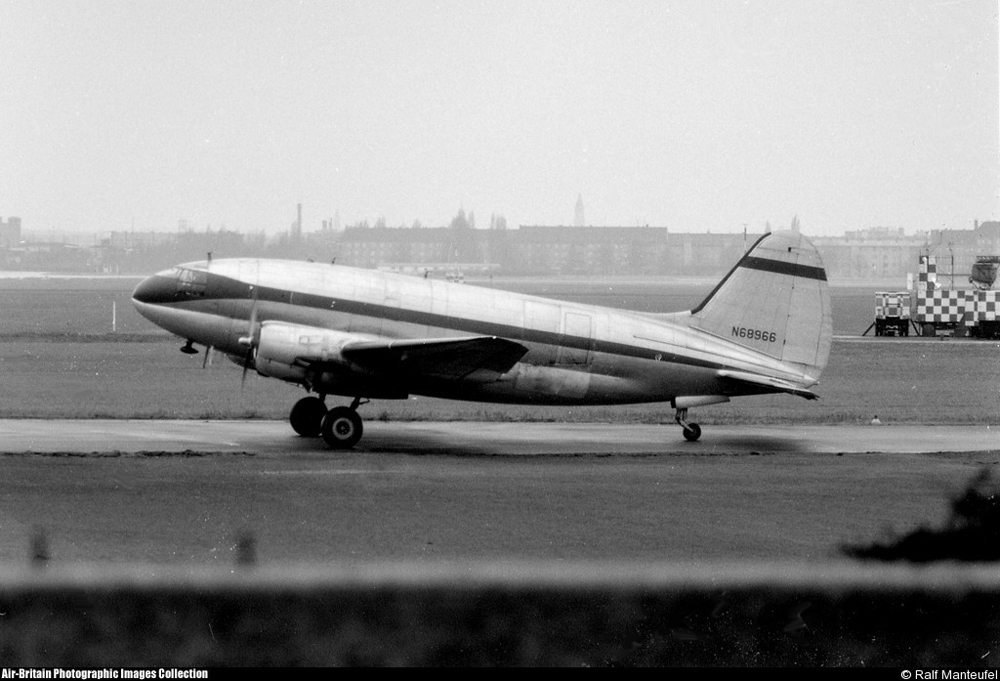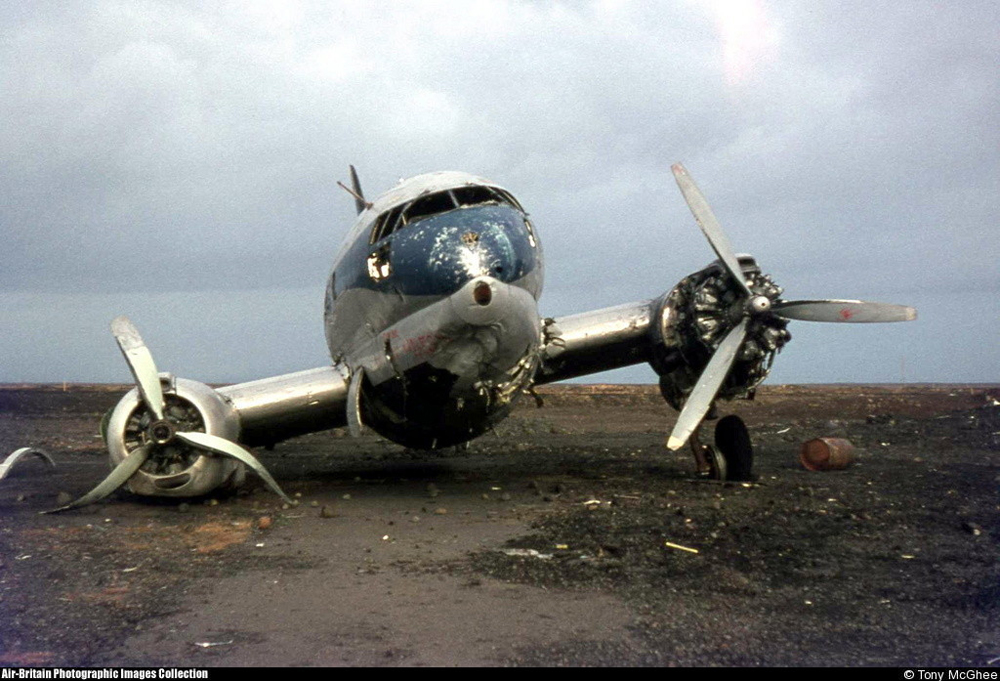Crash of a Fairchild-Hiller FH-227B in Keflavik
Date & Time:
Jul 26, 1998 at 2355 LT
Registration:
N564LE
Survivors:
Yes
Schedule:
Billund - Aberdeen - Keflavik
MSN:
564
YOM:
1967
Crew on board:
2
Crew fatalities:
Pax on board:
0
Pax fatalities:
Other fatalities:
Total fatalities:
0
Circumstances:
On final approach, when the landing gears were extended, the crew heard loud cracking noise. The landing was aborted and the aircraft passed the tower for visual inspection and one of the crew went to the cabin for visual check of the landing gears where he observed that the right landing gear lock strut rear member had broken loose from the side member assembly and was hanging down. Upon touchdown the gear folded up and the aircraft right propeller, wing tip and bottom of the fuselage touched ground and the aircraft went off the runway in a gentle right turn. The fuselage bottom skin and frame structure sustained extensive damage and the right wing tip, propeller blades, lock strut assembly and drag strut were destroyed. The aircraft operated on a ferry flight from Billund, Denmark to Miami-Opa Locka, Florida, with en route stops at among others Aberdeen and Keflavík.
Probable cause:
Preliminary investigation revealed that no lubricant was found in the lock strut hinge pin that should normally be packed with grease.
